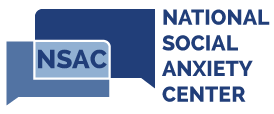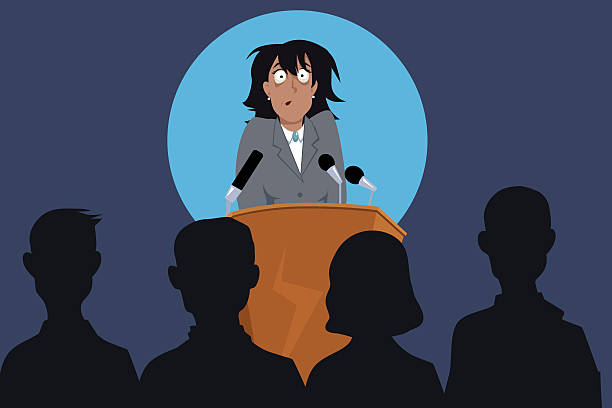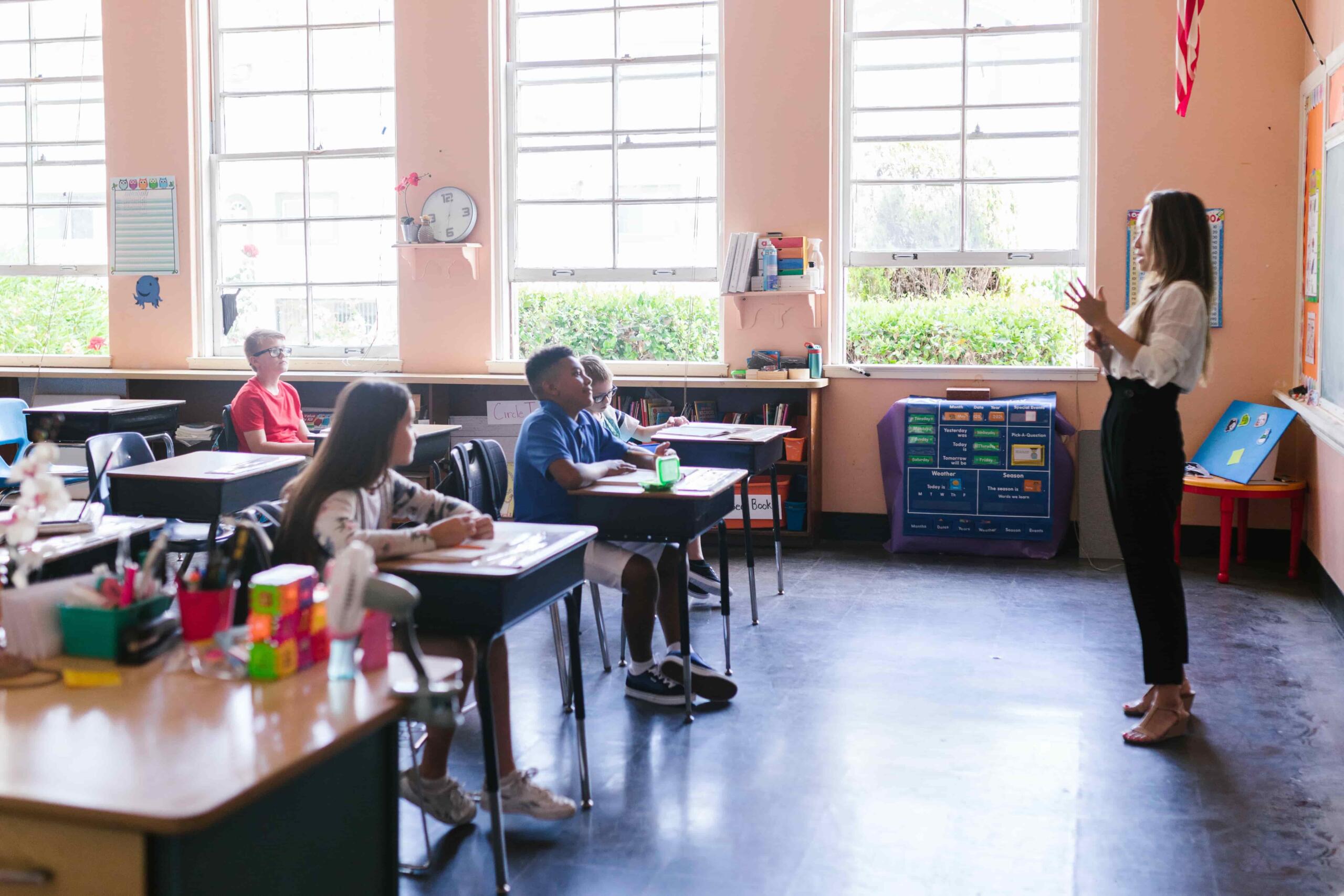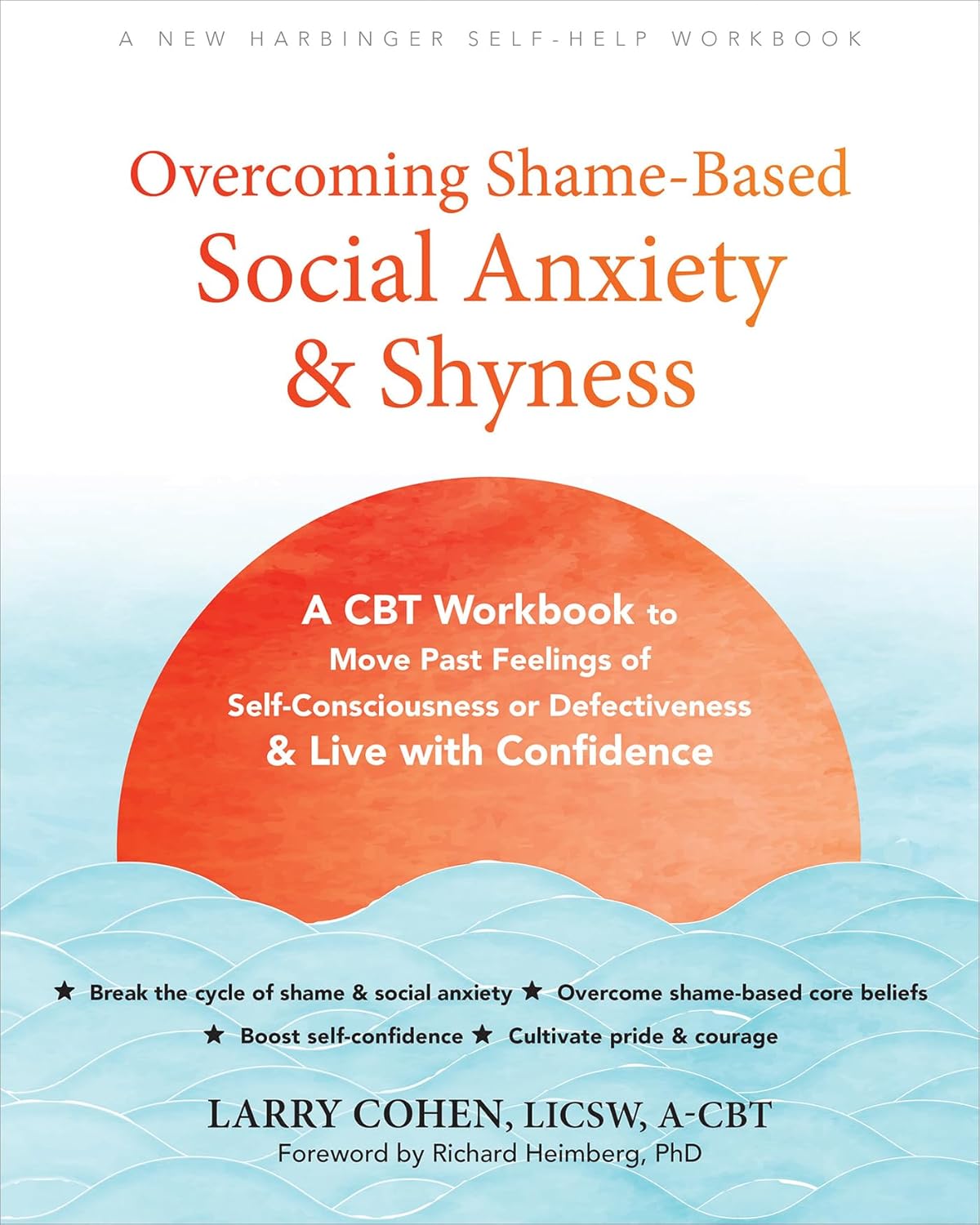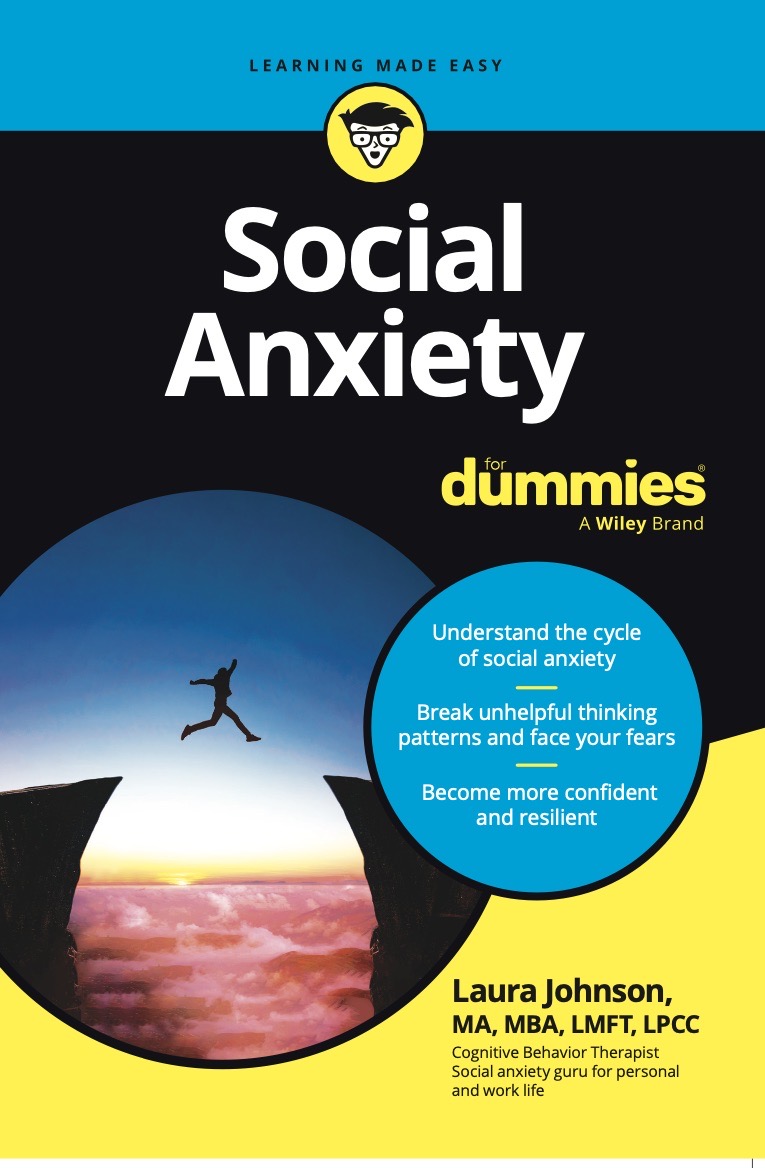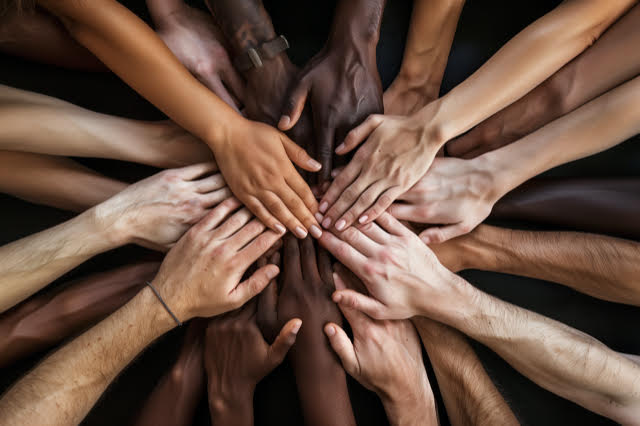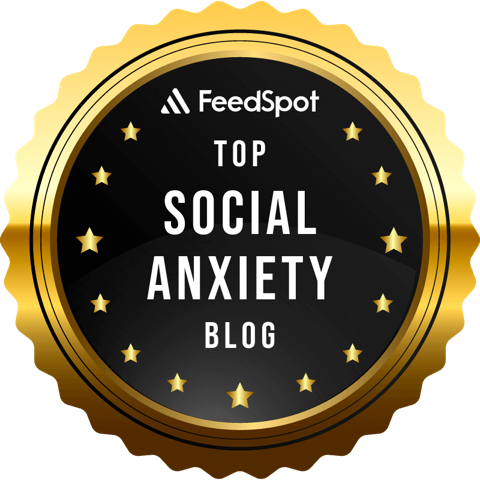In my experience with clients who have social anxiety, one of their primary concerns is the surges of anxiety they experience amid social situations. They often describe how their focus then shifts to the fear of making a “spectacle” of themselves, leading to a strong desire to escape and avoid the perceived “disaster” of being judged, rejected, or ridiculed for their obvious anxiety and “strange” behavior.
Individuals with social anxiety typically view the world as unsafe, and filled with threats of rejection and judgment. It is not surprising that being around people activates their neurobiological defensive threat system, preparing them for flight, fight, or freeze responses. During these times, the sympathetic nervous system takes over, triggering physiological responses such as increased heart rate, elevated blood pressure, muscle tension, faster breathing, and sweating. These responses become acutely noticeable to the socially anxious person, further increasing their anxiety and diminishing their ability to connect socially.
Strategies to Navigate Anxious Moments in Social Situations
The good news is that there are strategies to help navigate challenging, anxiety-provoking situations by activating our social safety system. This concept has been described by well-known psychologist Thomas Lynch, PhD, who developed radically open dialectical behavior therapy (RO-DBT) for individuals with an over-control personality style, often observed in anxiety disorders. These strategies involve bottom-up processing, where sensory input to the brain is modified to change and diminish the perception of threat, thereby reducing anxiety and increasing calmness. The icing on the cake is that these strategies not only help with anxiety but also facilitate social connection.
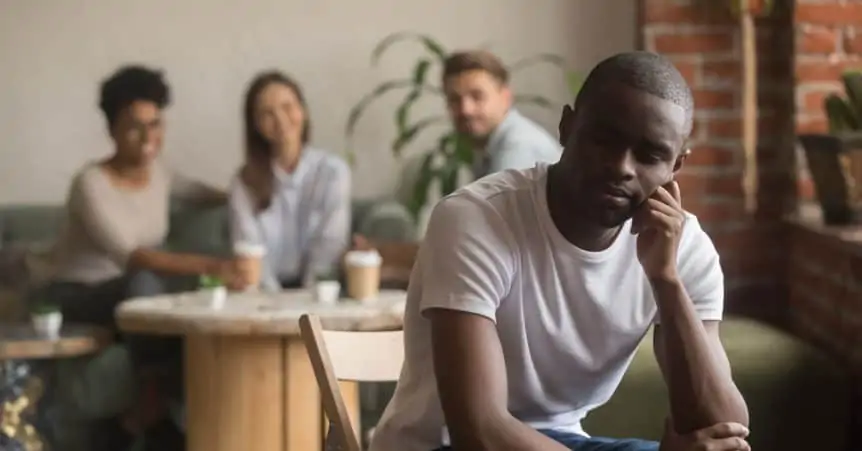
The Big Three (Plus 1) Skills
When feeling anxious, there is a tendency to breathe rapidly, avoid smiling, and hold facial muscles rigidly—all of which signal to the brain that one is unsafe. This causes the brain to activate the defensive threat system. The Big Three Skills involve taking a slow, deep breath, giving a closed-mouth cooperative smile, and raising your eyebrows (which also communicates friendliness). These actions signal safety to the brain, activating the social safety system and the parasympathetic nervous system that triggers the bodily calming response. Additionally, these behaviors convey friendly intentions to those around you, easing the process of social connection.
The +1 skill is conditional and can be used when sitting down. It involves leaning back in your chair instead of sitting forward, as one might do when anxious. Leaning back signals to your brain that you are relaxed and safe, which activates the safety system. Combining this relaxed posture with the Big Three Skills—slow, deep breathing, a closed-mouth cooperative smile, and raised eyebrows—not only communicates to your brain that you are safe and produces a calming effect but also signals to those around you that you are open and willing to connect, facilitating social interactions. This contrasts with the tense, unsmiling demeanor that anxiety often produces, which impedes social connectedness.
Using Expansive Gestures
When we feel under threat and defensively aroused, our body movements tend to become tighter and closer to the body for protection. To counteract this, deliberately modify your gestures to be more open and expansive. Use your hands while talking and avoid keeping your arms close to your body. Remember to open your palms, keep them facing upwards, and avoid clenching them. Additionally, practice being more open with your facial expressions by allowing bigger smiles, for example. These expansive gestures will prompt your brain to activate the social safety system, and people around you will respond with reciprocal expressions and behaviors, which in turn will diminish your fears of rejection.
The Chewing Skill
Our brain associates eating and chewing with rest and digestion. The act of chewing also mobilizes facial muscles associated with social safety. So, in social situations, instead of avoiding eating, make it a point to eat. Chewing gum in some social situations is also an option that allows you to move your facial muscles and trigger the safety system.
The Slow-Your-Breath Skill

While hyperventilation is associated with fear under threat, slow breathing is associated with feelings of safety. In anxious situations, deliberately breathing more deeply and slowly, using slow exhalations, and ensuring the breaths are diaphragmatic (by pushing the abdomen outward with inhalations) will help activate the parasympathetic nervous system and the social safety system.
Cognitive-behavioral-therapy (CBT) is a highly effective approach for addressing social anxiety. It involves strategies such as emotion regulation, cognitive restructuring, and behavioral experiments and modification. CBT therapists help you build a toolkit filled with various techniques that you can use as needed. This article highlights some useful tools to add to your toolkit. CBT is considered the gold standard for treating social anxiety, so if you’re struggling, seeking help from a certified CBT therapist is highly recommended.
Resources:
Lynch, T. R. (2018). Radically Open Dialectical Behavior Therapy: Theory and Practice for Treating Disorders of Overcontrol. New Harbinger Publications.
